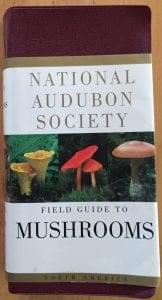It’s planting weather here in the Pacific Northwest. The soil temperature is rising. The sun struggles with rain clouds for dominance of the sky. While some people invest in expensive soil thermometers, the Shoestring Herbalist watches the weeds as a planting chart.
One indicator of garden preparedness is the arrival of chickweed. Chickweed likes soil that’s neural in pH. Once it’s started to bloom, this means it’s warm enough for early spring seeds like radish and parsnips to go into the ground. Chickweed itself is ready for harvest just before blooming. It’s high in trace minerals that help with another springtime favorite: allergies.
By the time nettle is tall enough to be harvested, bean and lettuce seeds can be planted. This is also a safe time to plant seeds that are usually covered before transplanted such as basil and tomatoes. Nettle is ready for harvest as soon as it’s about one foot tall.
Once burdock starts to poke its leaves confidently out of the ground, it’s safe for other temperature sensitive plants to be sown such as carrots and squash. The key to following a weed emergence planting guide is to know your micro-climate. Chickweed coming up in a neighborhood park only means the temperature is acceptable in that area. Your backyard may run warmer or colder depending on a variety of factors.
The successful Shoestring Herbalists spend time with the plants so we don’t have to spend money on useless equipment that’s used only once a year and has to stored the rest of the time. In this case, both time and weeds are money.







